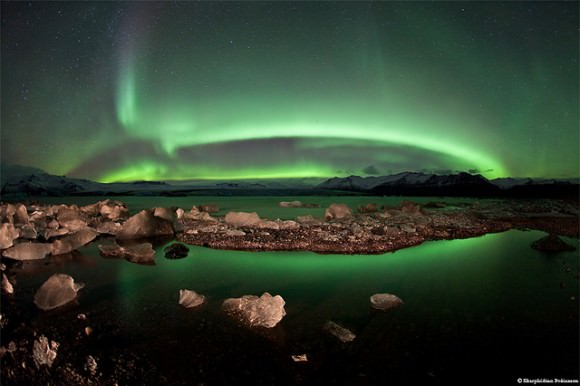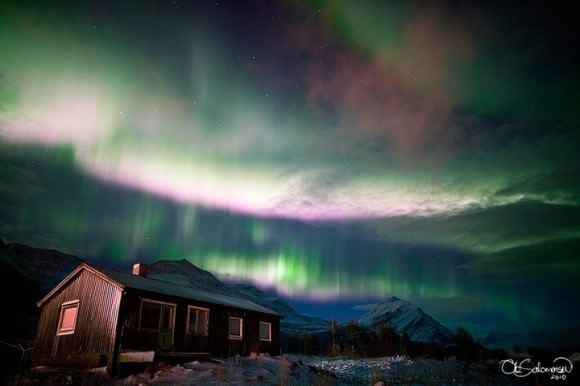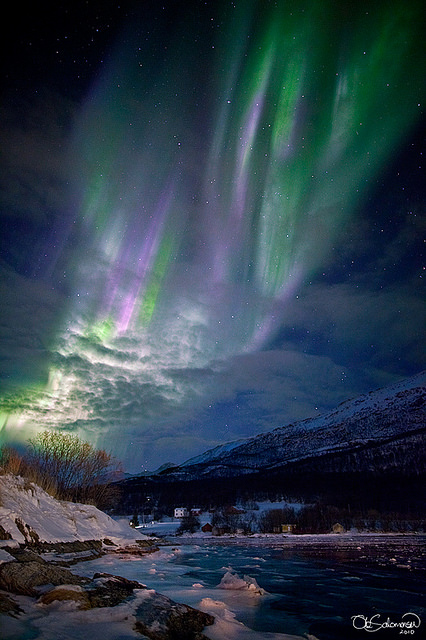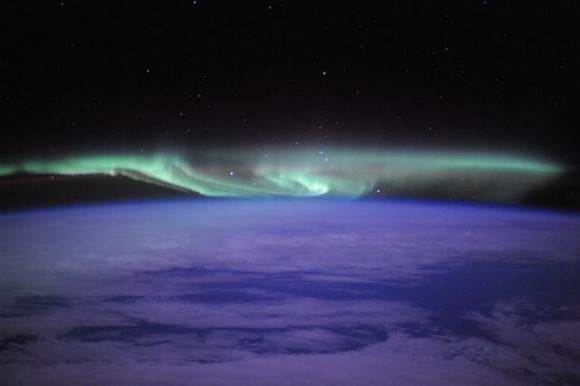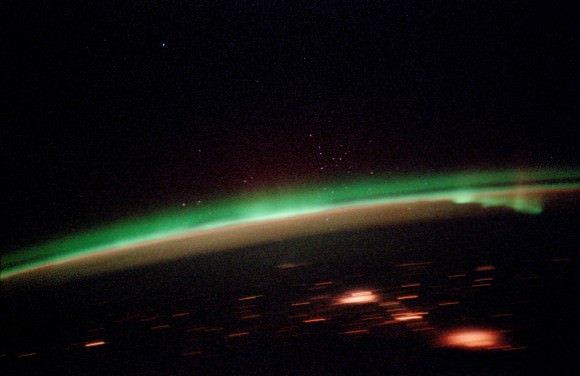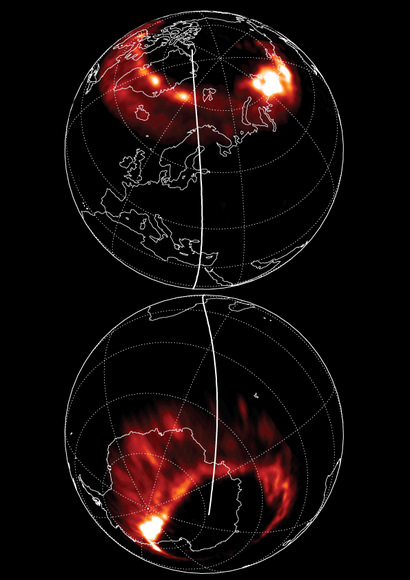The Aurora Australis or Southern Lights are mesmerizing, dynamic displays of light that appear in the Antarctic skies in winter. They are, in effect, nature's light show; visual poetry penned from the quantum leaps of atmospheric gases. As those who have witnessed the Aurora can attest, few sights can equal the magic and mystery of these luminous sheets of color undulating in the frigid air of the Antarctic winter.
Aurora australis which also known as the southern lights, and southern polar lights is the southern hemisphere counterpart to the aurora borealis. In the sky, an aurora australis takes the shape of a curtain of light, or a sheet, or a diffuse glow; it most often is green, sometimes red, and occasionally other colors too.
The aurora australis is strongest in an oval centered on the south magnetic pole. This is because they are the result of collisions between energetic electrons (sometimes also protons) and atoms and molecules in the upper atmosphere … and the electrons get their high energies by being accelerated by solar wind magnetic fields and the Earth‘s magnetic field (the motions are complicated, but essentially the electrons spiral around the Earth’s magnetic field lines and ‘touch down’ near to where those lines become vertical).
So by far the best place to see aurorae in the southern hemisphere is Antarctica! Oh, and at night too. When the solar cycle is near its maximum, aurora australis are sometimes visible in New Zealand (especially the South Island), southern Australia (especially Tasmania), and southern Chile and Argentina (sometimes in South Africa too).
About the colors: the physics is similar to what make a flame orange-yellow when salt is added to it (i.e. specific atomic transitions in sodium atoms); green and red come from atomic oxygen; nitrogen ions and molecules make some pinkish-reds and blue-violet; and so on.
How high are aurorae? Typically 100 to 300 km (this is where green is usually seen, with red at the top), but sometimes as high as 500 km, and as low as 80 km (this requires particularly energetic particles, to penetrate so deep; if you see purple, the aurora is likely to be this low).
Aurora can appear in many shapes, sometimes they can be circle, spiral, and others.
Yes, we know aurorae appear on polar circle, but perhaps we just know that aurorae just appear on the northern, in fact, southern does. but maybe in this time the southern light not known-well so much as the northern one. But this southern light is as beautiful as the northern.
